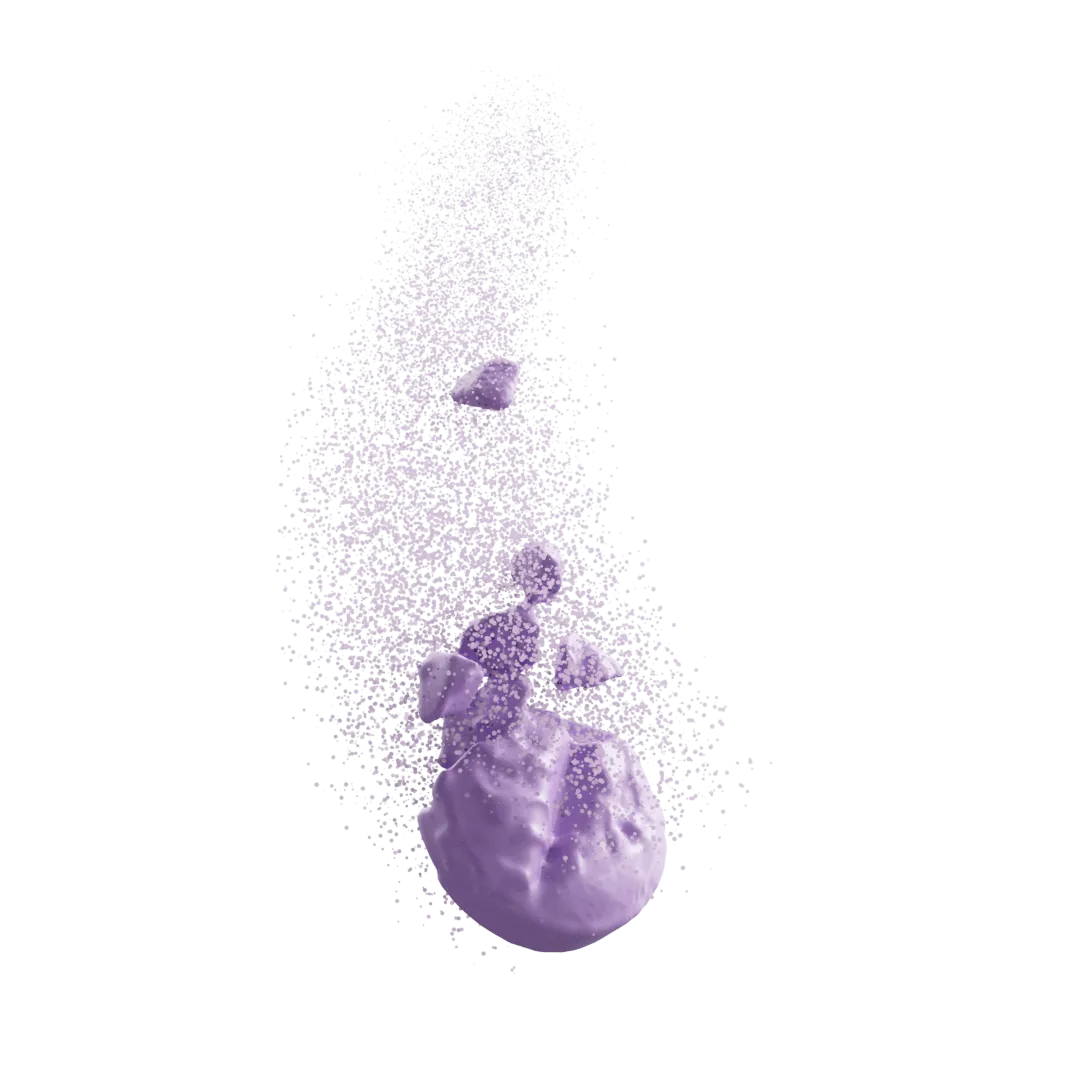Bioequivalence Solutions
Using equivalence by design to evaluate product microstructures, guiding development towards successful ANDA and SUPAC submissions

Issue
Developing an in house formulation of a reference listed product can be a lengthy, costly, and turbulent process. Beyond demonstrating Q1 and Q2 equivalence, the optimization of the product microstructure and Q3 equivalence can be a significant barrier. In addition the regulatory need to demonstrate this equivalence, microstructures are a driving force behind the product performance. This is especially true for complex drug products where controlled release and long-acting mechanisms dictate drug release. When a generic or SUPAC modified product is developed without microstructure consideration, development costs can skyrocket.
Common Challenges
- Difficulty optimizing the formulation and manufacturing processes to develop a product with same performance and quality as the RLD
- Demonstrating in house product Q3 microstructural equivalence for ANDA and SUPAC filings
- Lengthy testing to demonstrate in vitro and in vivo performance in the development of long-acting implants, microspheres, and IUDs
- Use of Q3 microstructural bioequivalence to file for a biowaiver in the development of topicals
Solution
To overcome the complexities of generic and SUPAC development, we apply an equivalence by design approach integrating a microstructure feedback loop from the reference product. Before developing an in house formulation, analyzing the existing product can pave a critical pathway to selecting the correct manufacturing parameters. We use advanced microscopic analysis such as FIB-SEM and X-ray micro-CT to quantify the size, distribution, and interaction of ingredients and porosity within the final drug product. Microstructure digitization provides a visual and quantitative demonstration of equivalence of reference products and the in house formulation. For controlled release platforms, we can predict a release profile in a matter of days, using the real digitized microstructures as a direct input. This eliminates the need for long in vitro tests during process selection stages. We also study post-partial release samples from in vivo and in vitro studies, enabling quantification of the drug dissolution front, polymer degradation, and other structural changes that can occur. This analysis can offer insights into the impact of the in vivo environment on release and can support the pharmacokinetic data.

Our Approach
- Reverse engineering reference products with digital microstructure analysis for quicker time to market
- Quantification of final API particle size and porosity within the final drug product
- In silico image-based release prediction for controlled release platforms using digital microstructures
- Structural equivalence assessments to support ANDA and SUPAC data packages
Transform Your Program with Microstructure Science
Get started with a drug product digital twin.









